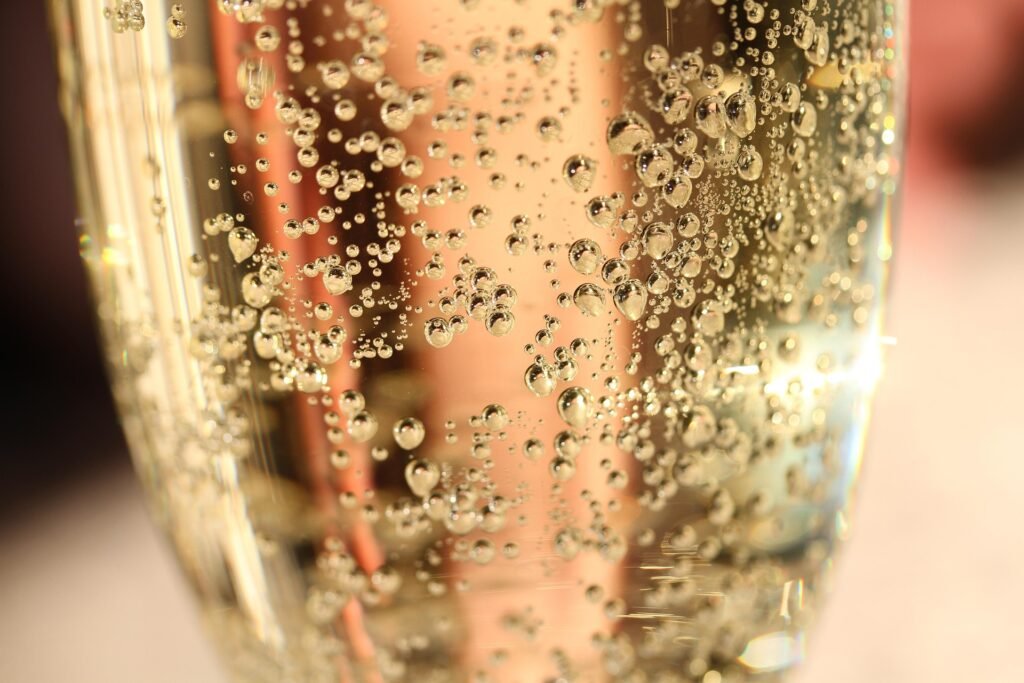
What is Cava?
We love sparkling wine! From Prosecco to Champagne, we enjoy those lovely bubbles in our vino. Sparkling wine can be created in a surprising number of ways. Each of these methods imparts different characteristics to the wine. We know that the French contribute Champagne to the world of sparkling wine, and we also know that outside the Champagne region sparkling wine comes in the form of Crémant. But when it comes to Spanish wine, we know comparatively less about Cava.
Outside of Spain, Cava has struggled to establish itself as a luxury product, and yet the tragedy of this is that much of the world is yet to be introduced to the joy of high quality Cava. While markets such as the UK, EU and the USA are major markets for the export of Cava, a surprisingly low proportion of those exports are the better quality wines, meaning that very people outside of Spain actually get to sample really good Cava.
A quality sparkling wine
It is really important that we dispell the myth that Cava is a cheap sparkling wine which is low or average quality. The reality is that sadly many of the cheap wines which get imported to the international market really are low or average quality, and there are much better quality wines out there. Most of the Cava we see on international markets is the lowest of four categories – more on that in a future post.
Despite its price point, Cava is made using the traditional method of fermentation. This is the same method used to make Champagne. The traditional method involves making a base wine, which then experiences a second fermentation in the bottle while sealed. This increases the alcohol, adds additional flavours to the wine and importantly is what creates the carbon dioxide which results in bubbles being added to the wine.
Another factor in the traditional method is the period of aging. After the second fermentation is completed, the dead yeast remains in the bottle in contact with the wine. This is known as the lees. Contact with the lees can impart some of the flavours which we associated with quality sparkling wines, such as bready, biscuity, brioche flavours. Age also helps to soften the wine making it less astringent to drink. Depending on the category the period the wine spends on the lees runs from a minimum of 9 months to decades.
Cava is then a sparkling wine, made to be a quality wine, and which utilises the traditional method of fermentation and aging on the lees to generate a unique flavour profile. However, it has a number of unique factors which give it a distinct profile, many of which relate to the fact it is a Spanish wine.
A Spanish Wine
Cava is produced in the area of Northern Spain, as well as in a small area just outside Valencia, and another in western Spain near Mérida. Spain lies much further South than the Champagne region in France meaning it is generally warmer and gets more hours of sunlight. The means that grapes are able to ripen to fullness building up more flavours and higher sugar levels. Sugar eventually converts to alcohol.
One of the ineteresting things about the ripeness of the grapes in Cava is that they allow a full fermentation to take place. In places like Champagne, it is common to add additional grape must to increase sugar levels, otherwise the natural sugar levels would be insufficient. Cava does not struggle from this issue. An added benefit to this is that it is possible to make Brut Nature wines with no residual sugar in them. These ultra dry wines bring out the natural flavours and acidity in the wines.
The other thing about Cava being a Spanish wine is that the grape varieties are very distinct from those used in other sparkling wines. This means the wines have different qualities. The principle grapes in Cava are Macabeo, Parellada and Xarel·lo. These varieties have qualities which are well suited to making sparkling wines adding acidity, fruit notes and some floral characteristics. These varieties are distinctly Spanish, although there are some international varieties which are also used.
Whichever varieties are used, they benefit from the unique terrior of the unique vineyards in the Cava regions. Each region has its own unique characteristics, and at the highest quality levels each vineyard has characteristics which make them distinctive. Some areas benefit from altitude, others from warmer climates, and each variety develops its own flavour compounds which, when combined, make Cava what it is.
In this series we will uncover the distinctive features of Cava, exploring the terroir, varieties and styles which make Cava unique. Hopefully you will discover why Cava is so beloved in Spain. And in the meantime, keep on exploring this beautiful planet we live on, one glass at a time.